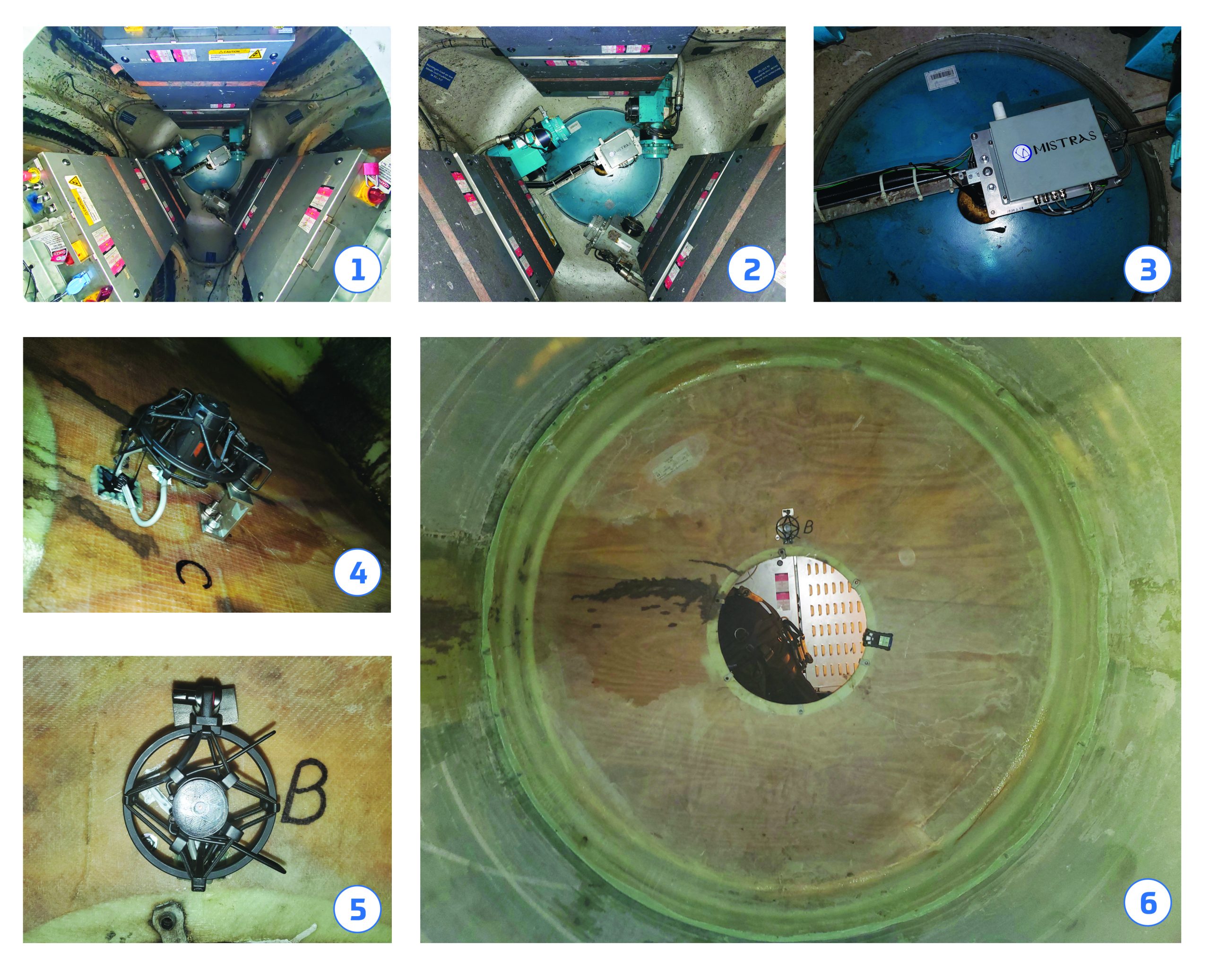Blade problems are one of the most common factors affecting continuous operation of turbines in wind farms, both onshore and offshore. Blade failures could result in not only blade loss, but damage to the turbine tower or surrounding turbines, in addition to being a safety concern for nearby populations. Sensoria looks at how reliability can be improved with the latest condition monitoring technology.
For both onshore and offshore wind turbine blades, the standard industry practice to determine blade integrity involves conducting manned or drone-based visual inspections in predetermined time intervals, usually ranging from a few months to up to three years. When structural damages are known to be present, the inspection cycle is generally shortened, which in turn is linked to reduced production and site reliability. Inspection cycles are also shortened due to the need of tracking aging problems in specific blade models.
Inspections reveal valuable information that enables damage to be located and categorized. However, association of severity to a detected defect is still not standardized. This lack of standardization means that blade OEMs, inspection companies, and special interest organizations have their own categories and damage severity definitions, with slight variations.



























